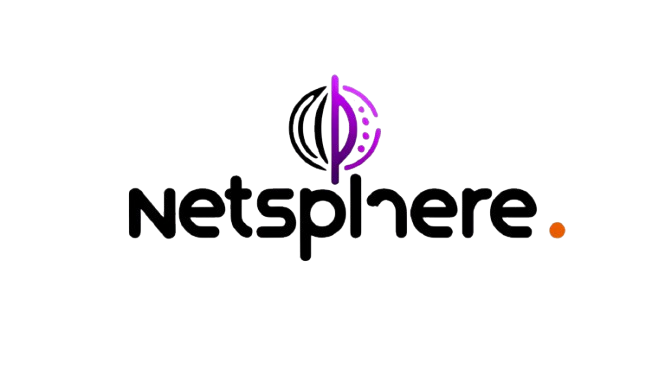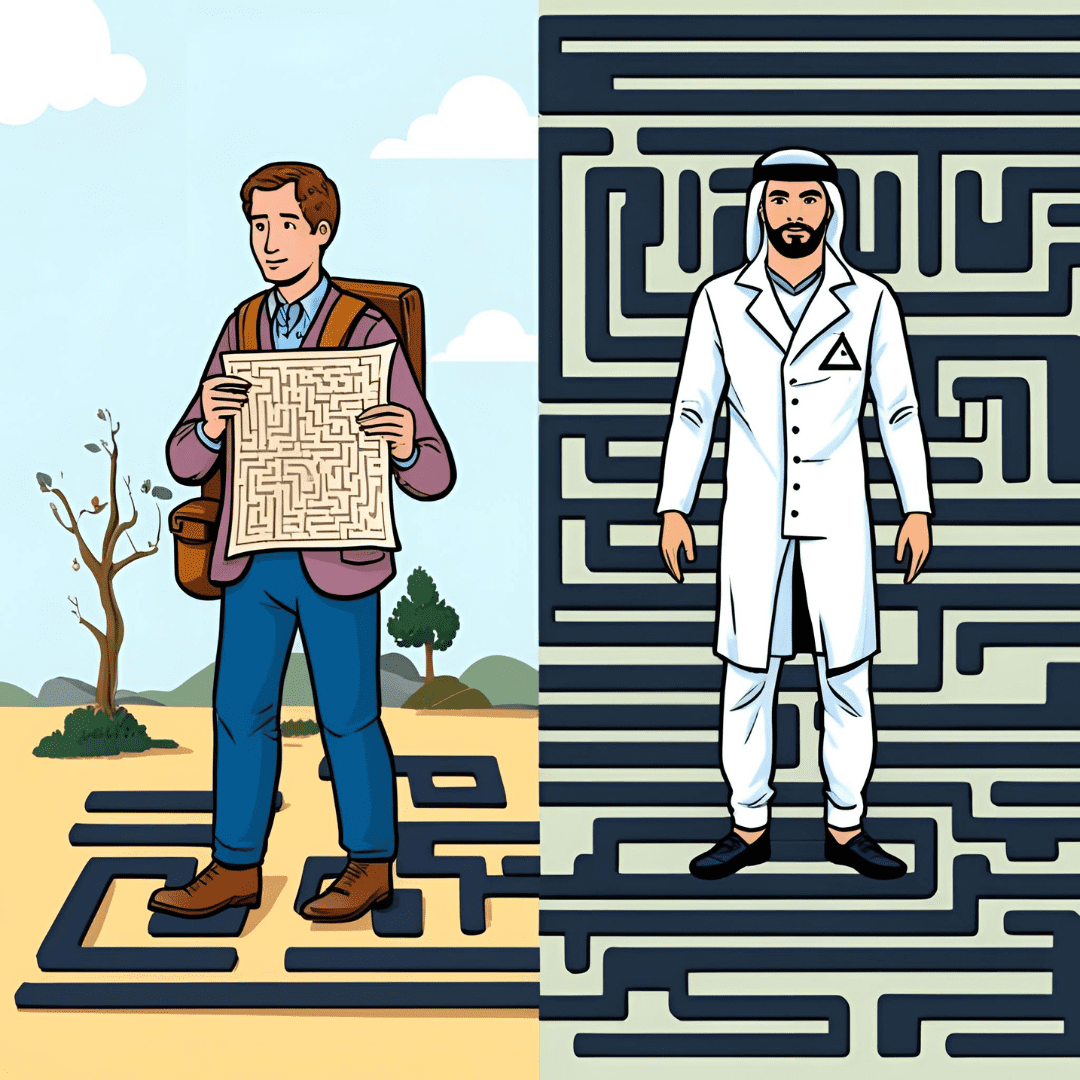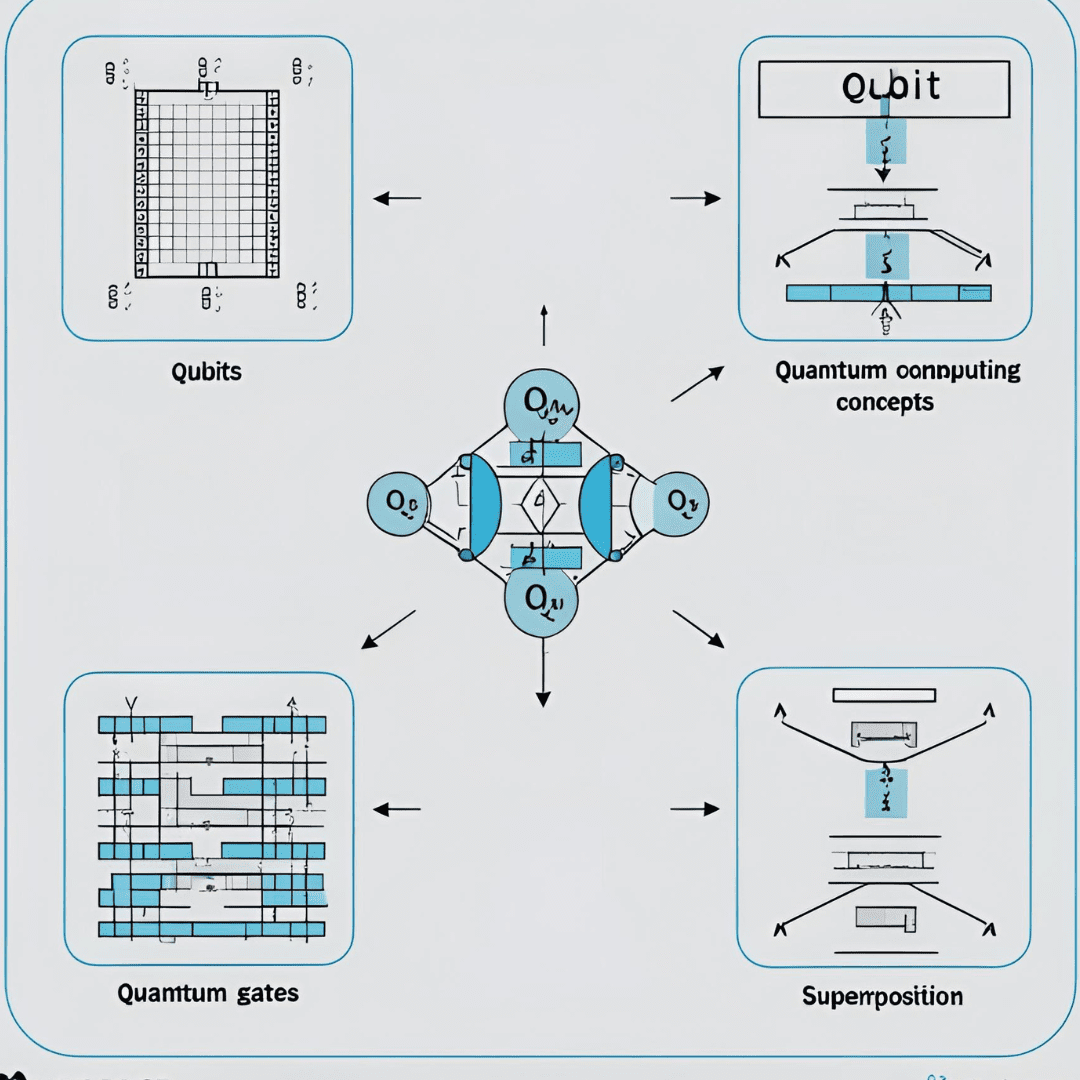Quantum computing might sound like something out of a science fiction movie, right? But the truth is, it’s already here and being developed by scientists all over the world! And the coolest part: you can understand it using simple metaphors, with a touch of humor and curiosity. Ready to dive into this quantum journey?
What is a Quantum Computer?
Imagine your regular computer or smartphone is like a library that organizes books (or information) in a very tidy way. Each shelf has its place, and books are neatly arranged in a row. It works with bits, which are like switches that can only be in two positions: on (1) or off (0).
Now, think of a quantum computer as a magical library! In this one, books can be in more than one place at once—and they can even “talk” to each other, even from a distance! That’s because it uses qubits, which are different from regular bits.
What is a Qubit?
A qubit is like a coin spinning in the air. While a regular bit can only be heads or tails (0 or 1), a qubit can be a mix of both at the same time. This is called superposition.
Have you ever played rock-paper-scissors with a kid who says, “I’m all of them at once”? That’s sort of what a qubit does—it can represent many possibilities at the same time, until you check it. When you do, it picks a side. Simple, right?
Superposition: The Power of Being in Two Places at Once
Let’s imagine a cat playing hide and seek. Until you go looking, the cat could be under the bed and inside the closet at the same time (at least in their mind). That’s superposition!
In quantum computing, qubits work like that: as long as no one “looks” (or measures), they hold all possible options open. When the computer needs an answer, that’s when the qubit picks a state and gives a result.
Quantum Entanglement: Two Qubits Connected Like Twin Siblings
Now for one of the craziest parts: entanglement. Imagine two twin siblings living in different cities. If one feels ticklish, the other laughs miles away. That’s a fun metaphor for what happens with entangled qubits.
When two qubits are entangled, what happens to one instantly affects the other, even if they’re far apart. Not magic—quantum physics! This phenomenon allows quantum computers to solve certain problems much faster than regular computers.
But Why Is This Useful?
Great question! With quantum computers, we’ll be able to solve problems that would take today’s computers thousands of years.
Here are some real-life examples:
- Discovering new medicines by simulating molecules in detail
- Optimizing delivery routes in real-time
- Creating ultra-secure encryption systems
- Improving artificial intelligence and machine learning
In short, quantum computing has the power to transform the world, and it doesn’t have to be a topic only for lab-coated scientists.
How to Explain It to Grandma? Use a Carrot Cake!
Let’s say Grandma is baking a carrot cake. A regular computer would try every possible recipe one by one until it finds the best one. A quantum computer, on the other hand, could try all the recipes at once and instantly pick the best. Amazing, right?
Is Quantum Computing Already Real?
Yes, but it’s still in the early stages. It’s like the computers of the 1950s—huge, slow, and full of limitations. Companies like Google, IBM, and startups around the world are racing to improve the technology.
Very soon, these “magic” computers will leave the labs and start affecting our everyday lives. So, the earlier we understand them, the better!
Bonus Fun Fact: What Does Schrödinger’s Cat Have to Do with This?
Have you ever heard of Schrödinger’s cat? It’s a famous thought experiment in quantum physics. The cat is in a box with a 50% chance of being alive and a 50% chance of being dead… but until we open the box, the cat is both alive and dead at the same time!
This story helps us understand how superposition works. As long as we don’t observe, qubits can exist in all possible states. But when we measure them, they “decide” on one. It’s weird—but that’s quantum reality!
How to Keep Learning About Quantum Computing the Fun Way?
If you enjoyed this content, keep exploring through animated videos, educational games, and science books for kids. Learning physics can be light, fun, and full of wonder—no matter your age!
After all, making science simple is the first step toward falling in love with it.









